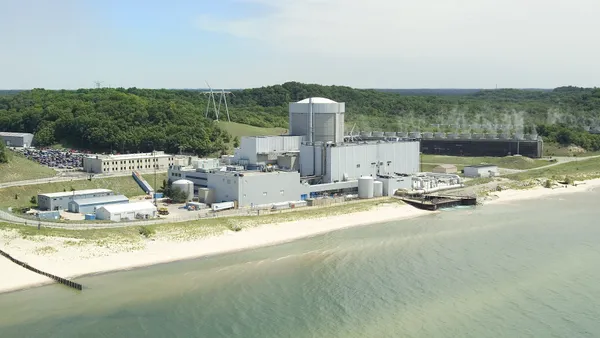Dive Brief:
- Increased oil use in ISO New England is not showing up on operational reports unless it is used as the primary generation fuel, according to a report by Morningstar Commodities Research.
- The firm estimates generators used almost half of the 4.5 million barrels on hand at the beginning of December, leaving 2.5 million barrels in reserve assuming there has been no re-supply.
- In New England, oil is typically burned by utilities in peaking plants, as it is significantly more expensive than other generation resources like coal, nuclear, natural gas and renewables. Diesel peaking plants, however, can ramp up quickly in response to demand.
Dive Insight:
In January, ISO New England CEO Gordon van Welie said 550,401 barrels of oil were used in December, which Morningstar points out is interesting not only because of mild temperatures in that month "but also because the data in the ISO-NE operational reports doesn’t show the oil burn in December."
"Only the primary fuel shows up on the fuel burn," Morningstar said. "Therefore oil burn is being recorded only if oil is the primary fuel and actual oil burn is showing up as either coal or gas incremental burn (switching)."
The firm attempted to estimate how much oil ISO New England may have burned this winter, and believes that without additional oil shipments generators have about 2.5 million barrels remaining, out of 4.5 million on hand at the beginning of December.
Morningstar also said it is unlikely ISO New England will find a market-based solution to winter reliability, as FERC has directed. Instead, the issue will probably continue to be handled out-of-market until the two-settlement capacity market design is implemented for the 2018-19 delivery year. "The only market-based solution we think is practical would be an oil reserve generation product equal to the amount of gas generation at risk according to ISO-NE’s forecast," Morningstar said.














